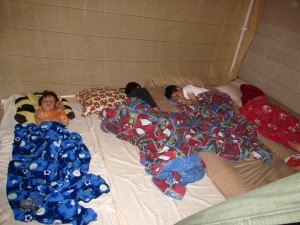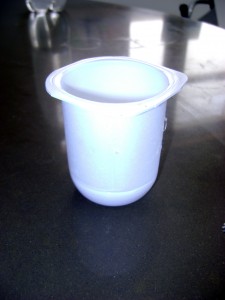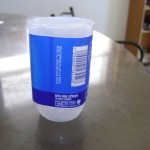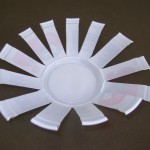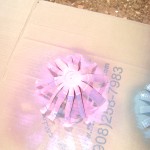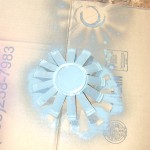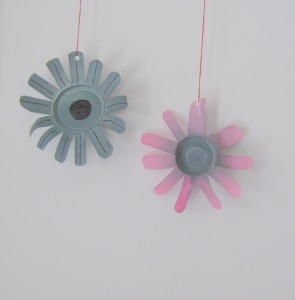Sukkot
October 7th, 2012Hours before Simchat Torah and I am (finally) posting about Sukkot. Figures.
I would like to dedicate this post, if I may be so bold, to the memory of Rav Haim Lifshitz, z”l. He was my Rav’s father, a great tzaddik, who passed away this past Shabbat. May his family be comforted among the mourners of Zion and Jerusalem.
The truth is that as much as I usually try to prepare in advance, this year my thoughts and feelings on Sukkot came through experiencing it, listening and learning throughout the holiday.
The word that kept coming back to me this year was vulnerability. I was inspired by a dvar Torah given by Sally Mayer at a fantastic simchat beit hashoeva gathering for women here in Neve Daniel. She gave over an idea she had learned from Drisha’s Rabbi Silber comparing the tone of the parasha we read before sukkot (Haazinu), around Yom Kippur, and that of Zot Habracha, the parsha we read on Shabbat during Sukkot. The former has a clear tone of remonstrance and warning, logically connected to a time of our judgement.
Zot Habracha in contrast, has more of a positive note going into our future. This is how we feel during Sukkot. Feeling hopeful that we have been forgiven by Hashem over Yom Kippur, we dwell in a sukkah which has often been mentioned as a move of intimacy with Hashem. We move out of our safe, comfortable homes and into a temporary hut, trusting in Hashem’s protection as was just promised us through our repentance and in the words of that final parsha.
Yet the intimacy, it seems to me, is linked to our increased vulnerability. The people to whom we feel the closest are almost always those to whom we feel the most vulnerable. Or that we can be vulnerable with. Yom Kippur is a time when we are our most open and vulnerable with Hashem. At least in the ideal, we have undergone a process of serious introspection and have opened our hearts, souls and mouths to cry out to G-d.
Following that, we feel closer, more loved, and move ourselves to a place of more physical vulnerability than our homes. It is through that move that we express our feeling of closeness to G-d and demonstrate that we know that in this time he is also very close to us…..
Why does all of this occur to me this year?
Because I think that people living in Israel feel more vulnerable than Jews living elsewhere. Particularly Jews living where we do, the beautiful Judean Hills that some would like to call “settlements” or “territories” or even “illegal”. I call it Jewish soil that has been loved, worked on, and cried over by Jews for over 2,000 years. But no matter what you call it, Jews here feel vulnerable, and I think it is connected to why it feels easier here to feel close to Hashem. The vulnerability that we choose is a daily reminder of where our trust truly lies, and that there is no “safe” and “unsafe” there is only the will of our Creator.
The increased vulnerability of a sukkah versus your home is a myth. An illusion, of course. A sukkah doesn’t actually make us more vulnerable, it simply reminds us that we don’t get protection from our home, we get it from Hashem. Whatever will become of us will happen no matter where we eat our dinner or sleep tonight. The same is true of Jews and where they live around the world. Jews in this part of the world are no more or less safe than anywhere else. The dangers may have drastically different manifestations, but we all are equally vulnerable to the will of Hashem every moment of our lives.
But I leave this, my first sukkot living in Israel in 12 years, feeling open, a little raw, far more vulnerable to circumstances, people and Hashem’s will than I ever did in the United States. And therefore feeling the heightened intimacy with G-d that I missed so greatly while I was gone.
I hope you and your family have a wonderful Simchat Torah holiday, and that you will be here in Neve Daniel with us to celebrate next year!

